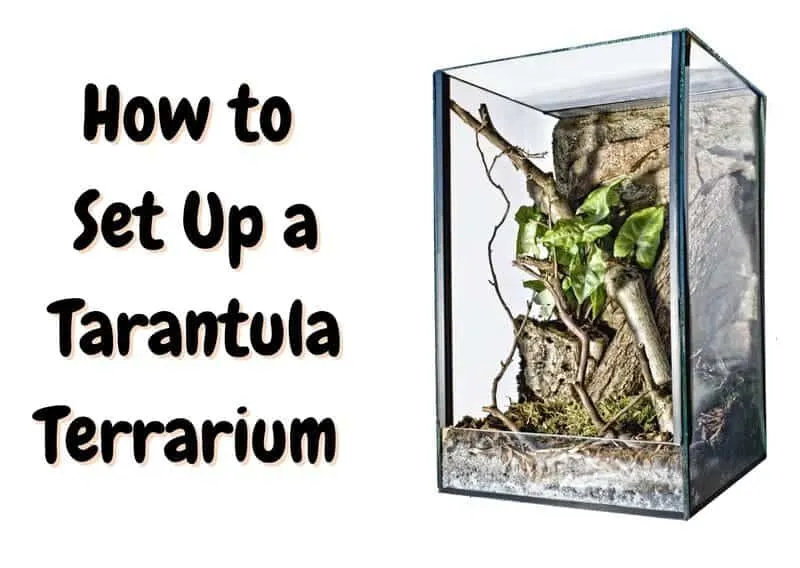Setting up an Exo Terra enclosure for your tarantula is crucial for its health, happiness, and longevity. This guide provides a comprehensive overview of the essential steps, from choosing the right enclosure to maintaining the perfect environment for your eight-legged friend. Following these guidelines will help you create a thriving habitat where your tarantula can flourish. Remember that proper setup and care significantly impact your tarantula’s well-being, ensuring a fascinating and rewarding experience as a tarantula keeper. The right setup will simulate the natural environment of the tarantula, thus promoting their natural behaviors and reducing stress levels, which is vital for their health.
Choosing the Right Exo Terra Enclosure
Selecting the appropriate Exo Terra enclosure is the first and most important step. The size and features of the enclosure should be determined by the tarantula species you plan to keep. Exo Terra terrariums are designed to replicate natural habitats, offering excellent ventilation and ease of access for maintenance. There are several different sizes and styles available; your selection will impact your tarantula’s well-being and your ability to maintain the environment. Consider the adult size of your tarantula when making your decision; an enclosure that’s too small will restrict movement, while one too large can make it harder for your tarantula to find food.
Exo Terra Enclosure Size Considerations
The size of the Exo Terra terrarium is vital. Generally, the enclosure should be at least twice the tarantula’s leg span in width and length, and the height should allow ample space for the tarantula to move around, burrow, or climb, depending on its species. For arboreal species (those that live in trees), a taller enclosure is preferable, allowing them to climb and utilize vertical space. For terrestrial species (those that live on the ground), a wider, shallower enclosure is typically more suitable. Always err on the side of a larger enclosure to provide more space for your tarantula. This extra space will also make it easier to create a comfortable environment with the necessary substrate, hiding places, and temperature gradients.
Tarantula Species and Their Needs
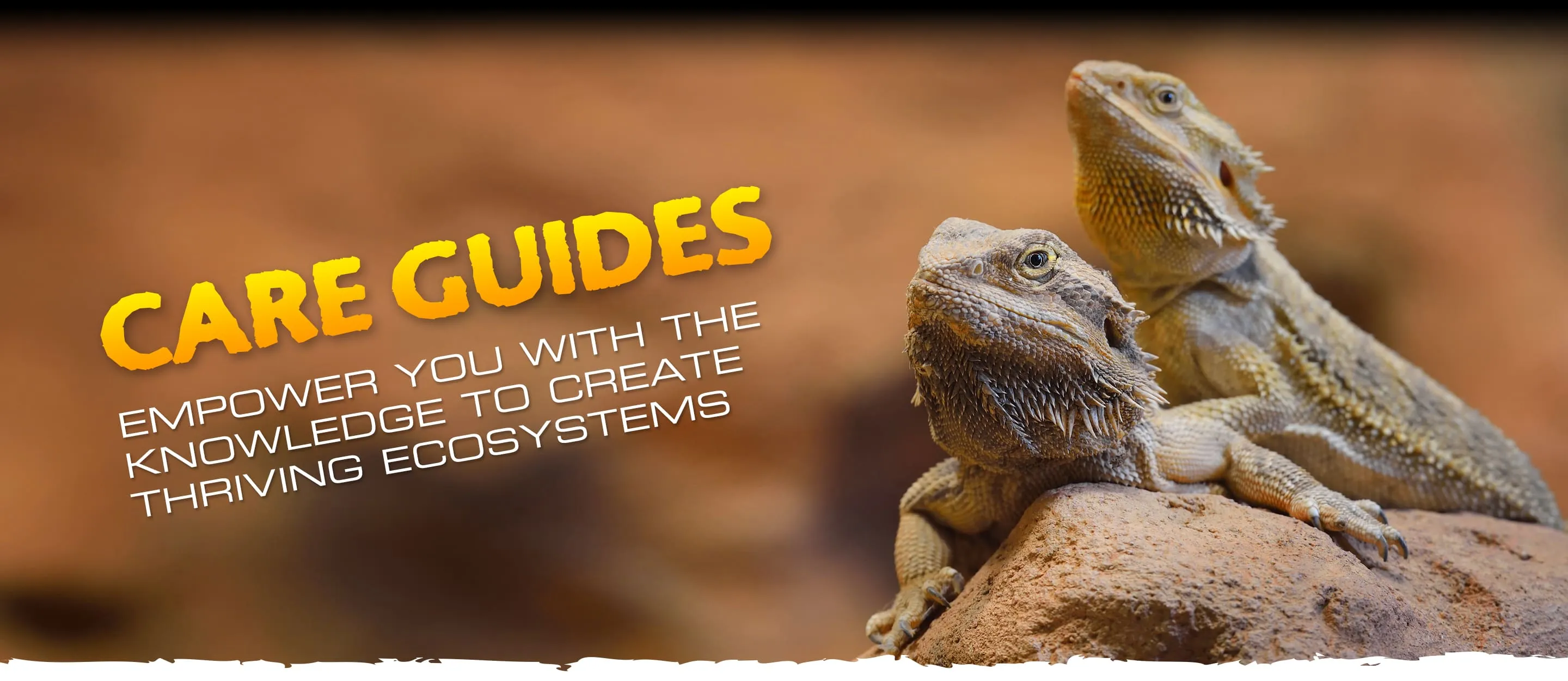
Different tarantula species have different requirements. Research the specific needs of the tarantula you intend to keep. Some tarantulas, such as the Chilean Rose, are relatively easy to care for and can thrive in a more straightforward setup. Others, like the Poecilotheria species, require more advanced setups with specific humidity, temperature, and ventilation controls. Knowing the natural habitat of your tarantula will guide you in recreating its ideal environment. Understanding these nuances ensures you can provide the best possible care, promoting the health and well-being of your tarantula.
Ventilation Requirements
Proper ventilation is essential to prevent the buildup of harmful bacteria and fungi, which can be detrimental to your tarantula’s health. Exo Terra enclosures are designed with ventilation in mind, typically featuring mesh tops or side vents. The ventilation should allow for airflow without causing excessive moisture loss, which is critical for maintaining appropriate humidity levels. Ensure that the ventilation system is not obstructed by substrate or decor. Good ventilation also helps to regulate the temperature, preventing overheating and promoting a healthy environment for your tarantula.
Substrate Selection for Your Tarantula
The substrate is the foundation of your tarantula’s habitat, providing a surface for burrowing, humidity regulation, and a comfortable environment. The choice of substrate significantly impacts the tarantula’s well-being and the overall ease of maintaining the enclosure. Consider the species-specific needs of your tarantula when making your selection. Avoid substrates that are toxic, sharp, or easily ingested. Many tarantula keepers prefer substrates that retain moisture well, such as coconut fiber, peat moss, or a mixture of the two, which are excellent for maintaining the necessary humidity levels.
Best Substrate Options

Coconut fiber, also known as coco coir, is a popular choice because it retains moisture well, is readily available, and is relatively inexpensive. Peat moss is another excellent option, providing good humidity and a naturalistic appearance. A mix of coco coir and peat moss can provide the benefits of both. Avoid substrates like sand, gravel, or wood shavings, as they do not retain moisture as well and can be harmful to tarantulas. Sphagnum moss can be used in small quantities to create humid microclimates within the enclosure. Consider the ease of cleaning and maintaining your chosen substrate when making your decision.
Substrate Depth and Maintenance
The depth of the substrate depends on the tarantula species. Terrestrial tarantulas, especially those that burrow, need a deeper substrate to create tunnels and hideaways. A depth of 4-6 inches is generally recommended for terrestrial species. Arboreal species may need less depth, but the substrate should still be sufficient to retain moisture and provide a comfortable surface. Regularly monitor the substrate for mold or excessive moisture and replace it as needed. Spot clean the substrate regularly to remove waste and uneaten food. The substrate should be slightly moist but not waterlogged, and regular maintenance ensures a healthy and hygienic environment for your tarantula.
Creating a Humidity Gradient
Many tarantula species need a humidity gradient within their enclosure. This means that one area of the enclosure is more humid than another, allowing the tarantula to regulate its moisture intake. To create a humidity gradient, you can moisten a portion of the substrate while leaving another part drier. You can also provide a water dish and place it in an area where the humidity is slightly higher. Monitoring the humidity levels with a hygrometer is crucial to ensure that you are providing the correct environment for your tarantula. The ideal humidity range varies by species, so research your tarantula’s specific needs.
Essential Exo Terra Setup Accessories
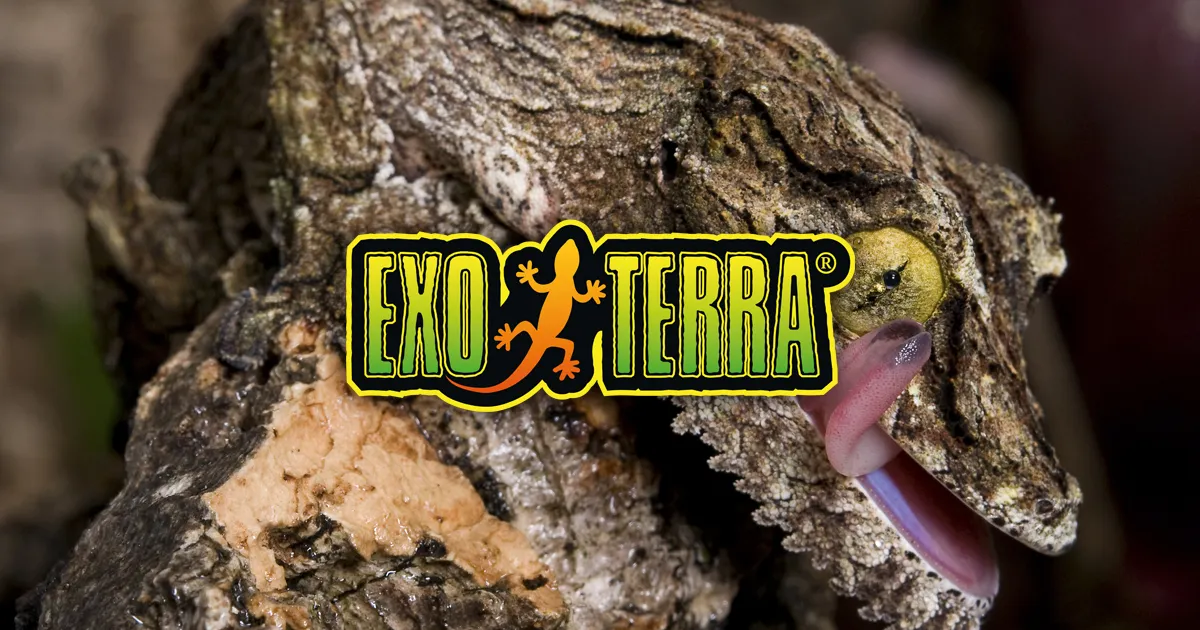
Several accessories are essential for an effective Exo Terra tarantula setup. These items enhance the tarantula’s environment, making it more natural and comfortable. They also assist in maintaining the ideal temperature and humidity levels. Investing in these accessories is an investment in your tarantula’s health and well-being, providing everything it needs to thrive. From providing water to creating secure hiding places, these accessories are integral parts of the overall setup. Proper accessories also make it easier to maintain the terrarium, ensuring a safe and pleasant environment for your tarantula.
Water Dish and Hydration
A shallow water dish is crucial for providing fresh water to your tarantula. The dish should be shallow enough to prevent drowning and placed in a secure location within the enclosure. Use a dish that is easy to clean and made of a non-toxic material. Regularly refill the water dish with fresh, clean water, ideally once or twice a week. Some tarantulas may drink directly from the dish, while others absorb moisture from the substrate or condensation. Ensuring a constant supply of clean water is essential for your tarantula’s hydration and overall health.
Hiding Places and Decor
Tarantulas are naturally reclusive creatures and need hiding places to feel secure. Provide several hiding spots within the enclosure. These can include cork bark, artificial caves, or even sturdy artificial plants. Place the hiding spots in different locations throughout the enclosure, allowing your tarantula to choose its preferred retreat. Decorate the enclosure with natural elements such as branches and rocks, but ensure that they are secure and won’t fall, potentially harming your tarantula. Avoid using decorations with sharp edges or small parts that could be ingested. A well-decorated enclosure not only provides security but also enriches the environment.
Heating and Lighting Requirements
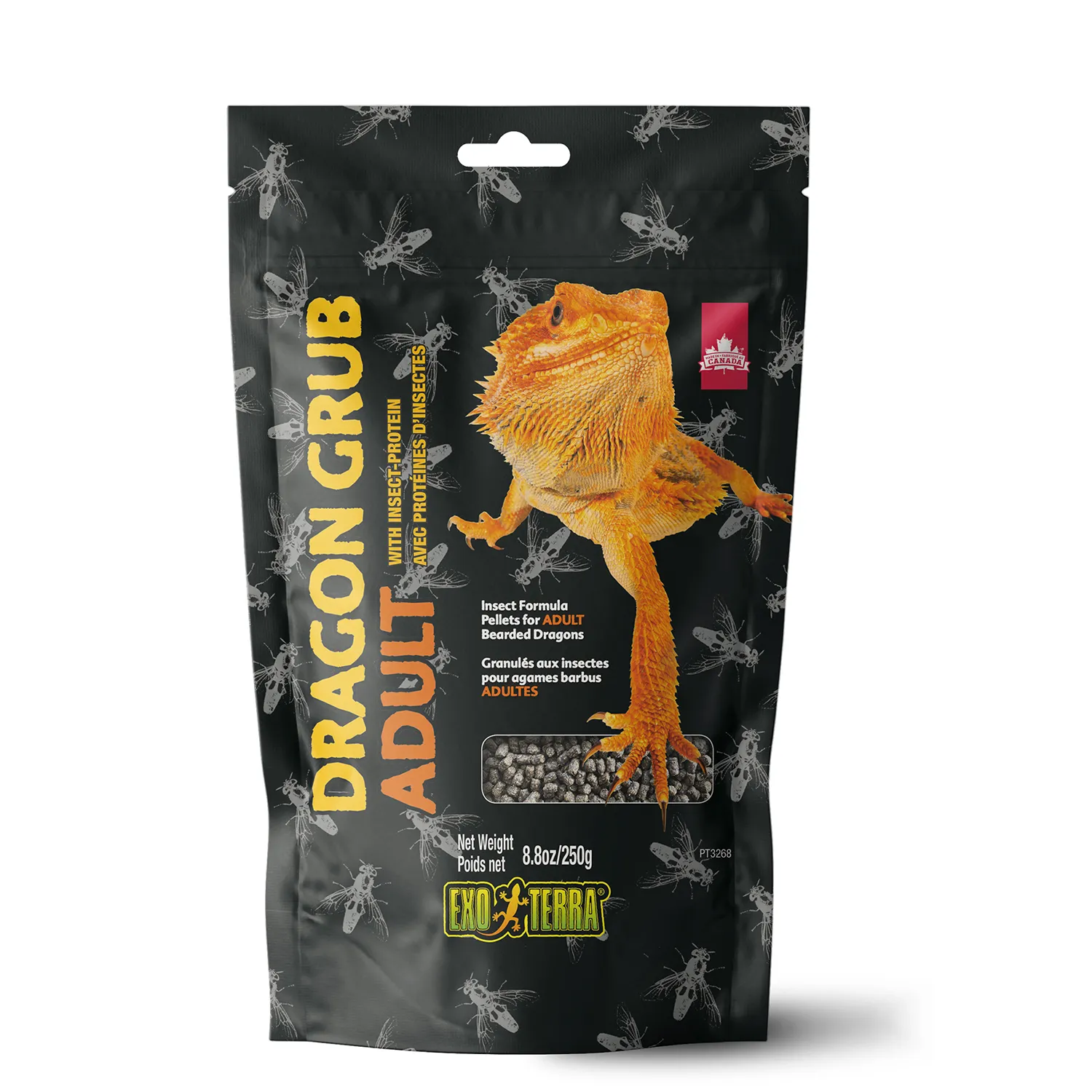
Most tarantulas do not require special lighting, but a low-wattage heat lamp or a heat mat can be necessary to maintain the appropriate temperature, especially in cooler environments. Avoid placing the heat source directly inside the enclosure, as this can overheat the tarantula and potentially cause harm. Use a thermostat to regulate the temperature and ensure it remains within the ideal range for your tarantula species. Many tarantulas prefer a temperature gradient, with a slightly warmer area and a cooler area. Monitor the temperature with a thermometer placed in the enclosure to ensure proper temperature control. Ensure there is no direct sunlight as this can overheat the enclosure.
Temperature and Humidity Monitoring
Monitoring temperature and humidity is crucial for the well-being of your tarantula. Use a digital thermometer and hygrometer to track these parameters. Place the sensors in the enclosure where they are easily visible. The ideal temperature and humidity levels will vary depending on the tarantula species, so research the specific needs of your tarantula and adjust the setup accordingly. Regularly check the readings and make adjustments as needed, such as increasing humidity by misting the enclosure or adjusting the heat source to maintain the appropriate conditions. Consistent monitoring helps prevent health issues and promotes a healthy environment.
Feeding Your Tarantula in Its New Home
Feeding your tarantula properly is vital for its health and growth. The type and size of prey, as well as the feeding frequency, will depend on the tarantula’s size and species. Provide a balanced diet to ensure your tarantula receives all the necessary nutrients. Always remove uneaten prey to prevent stress for the tarantula and maintain a clean enclosure. A well-fed tarantula is a healthy tarantula. Proper feeding practices will also contribute to the overall well-being of your tarantula.
Prey Selection and Size
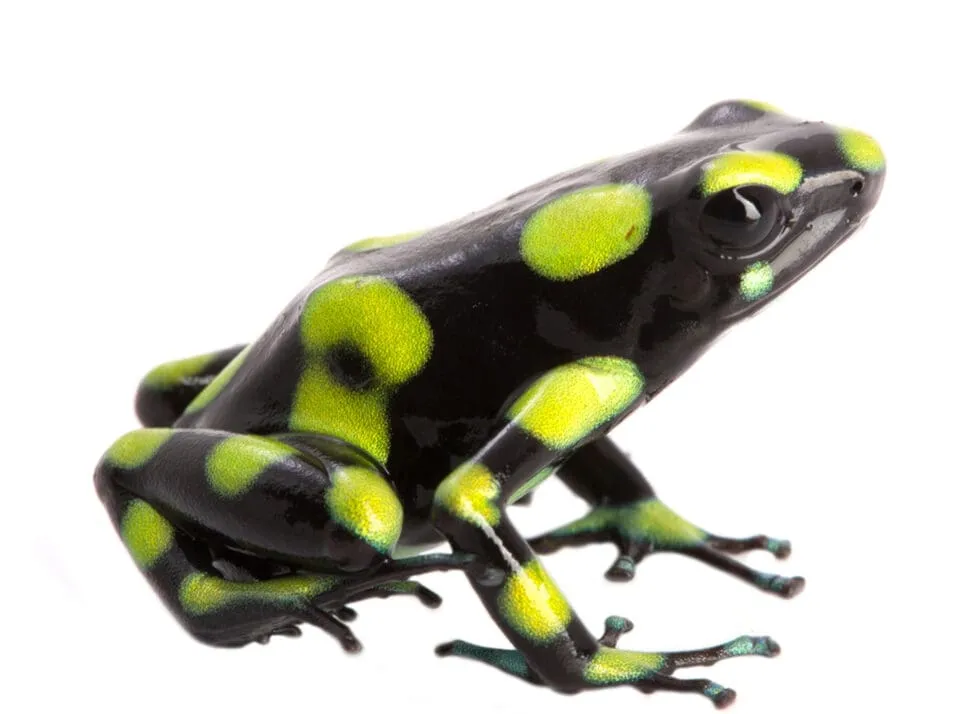
Choose prey that is appropriate for your tarantula’s size. Crickets, mealworms, and roaches are common options. Ensure that the prey is healthy and free from pesticides or parasites. The prey should be no larger than the tarantula’s body size. Overfeeding can lead to health problems, so avoid providing excessive amounts of food. When introducing prey, observe your tarantula’s behavior and ensure that it successfully captures and consumes the food. Variety in the diet can benefit your tarantula, so consider rotating different types of prey.
Feeding Frequency and Schedule
Feeding frequency depends on the tarantula’s age and species. Young tarantulas, known as slings, may need to be fed more frequently, perhaps every other day. Adult tarantulas can usually be fed once or twice a week. Observe your tarantula’s feeding habits and adjust the schedule accordingly. If your tarantula refuses to eat, it may be preparing to molt or may not be hungry. Avoid overfeeding, and always remove uneaten prey within 24 hours to prevent stress and contamination. Maintain a consistent feeding schedule to help regulate the tarantula’s metabolism and growth.
Cleaning and Maintaining the Exo Terra Setup
Regular cleaning and maintenance are essential to keep the Exo Terra setup in optimal condition and to prevent the buildup of bacteria, fungi, and other harmful organisms. Regular cleaning helps maintain the health and well-being of your tarantula, preventing potential diseases and promoting a clean environment. Proper maintenance also makes it easier to monitor your tarantula’s behavior and health. It is essential to remove waste, replace the substrate, and disinfect the enclosure regularly.
Spot Cleaning and Waste Removal

Spot cleaning should be done regularly, at least once or twice a week. Use a pair of long tongs to remove any uneaten prey, feces, and other waste from the enclosure. Be careful not to disturb your tarantula while cleaning. In the areas where your tarantula spends most of its time, you might choose to be extra cautious. You can use a small scoop or a clean cloth to remove waste and debris. Regularly checking and spot-cleaning helps maintain a hygienic environment, preventing the spread of disease and infection. Maintain a clean enclosure and protect the health of your tarantula.
Complete Enclosure Cleaning
A complete cleaning of the enclosure should be done periodically, typically every few months, depending on how quickly the substrate degrades or becomes soiled. Remove your tarantula to a safe holding container. Empty the enclosure and discard the old substrate. Clean the enclosure with warm water and a reptile-safe disinfectant. Rinse thoroughly to remove any traces of disinfectant. Allow the enclosure to dry completely before adding fresh substrate and returning your tarantula. The exact frequency will vary based on the size of the enclosure and the cleanliness of the tarantula. Regular, thorough cleaning keeps the setup fresh and healthy.
Quarantine Procedures for New Tarantulas
When you acquire a new tarantula, it is crucial to quarantine it before introducing it to an established collection. Quarantine involves housing the new tarantula in a separate enclosure for a set period, typically 30-60 days. This helps prevent the spread of parasites, diseases, or other health issues. During quarantine, carefully observe the new tarantula for any signs of illness, such as loss of appetite, lethargy, or unusual behavior. Monitor the tarantula’s health, provide proper care, and maintain a clean environment. By adhering to quarantine protocols, you protect both the new tarantula and any existing ones, ensuring the health and well-being of all your tarantulas.
Setting up an Exo Terra enclosure for your tarantula is a rewarding experience that contributes to its health and well-being. Following this comprehensive guide will provide your tarantula with a comfortable, safe, and enriching habitat. By choosing the right enclosure, providing appropriate substrate, offering essential accessories, and maintaining proper cleaning and feeding practices, you can create an environment where your tarantula can thrive for many years to come. Enjoy the fascinating world of tarantula keeping.
